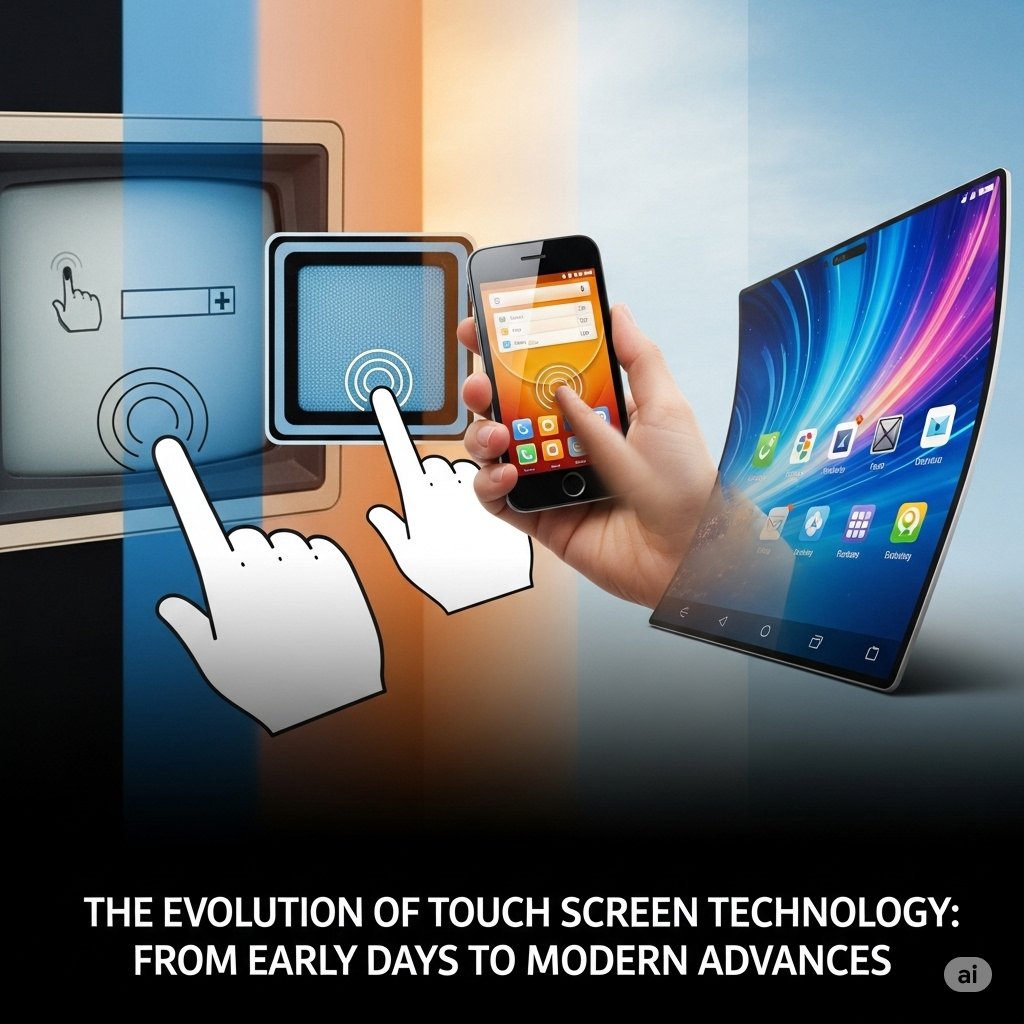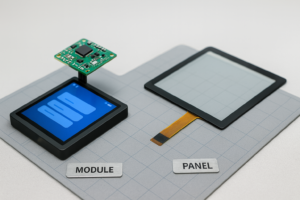Touch screen technology has transformed the way we interact with devices. From the early days of rudimentary touch interfaces to the sophisticated multi-touch screens we use today, this technology has evolved significantly. In this blog post, we will explore the journey of touch screen technology, highlighting key milestones and advancements that have shaped its development.
Table of Contents
- Early Beginnings
- The Rise of Touch Screen Technology
- Advancements in Technology
- The Modern Era
- Future Trends
- Conclusion
Early Beginnings
The concept of touch screen technology dates back to the 1960s. One of the first touch screens was developed by Dr. Sam Hurst, a professor at the University of Kentucky. His invention, known as the “Elograph,” was a simple touch-sensitive device that allowed users to draw on a screen. Although it was a groundbreaking innovation, the technology was limited and not widely adopted.
In the 1970s, researchers began to explore capacitive touch technology. This method uses the electrical properties of the human body to detect touch. Unlike resistive touch screens, which rely on pressure, capacitive screens can detect the presence of a finger without requiring physical contact. This advancement laid the groundwork for more sophisticated touch interfaces.
The Rise of Touch Screen Technology
The 1980s marked a turning point for touch screen technology. Companies like IBM and Apple began to integrate touch screens into their products. IBM introduced the first touch screen computer, the IBM 3270, which allowed users to interact with the system using a finger. Meanwhile, Apple launched the Apple Newton, one of the first personal digital assistants (PDAs) with a touch interface.
During this period, resistive touch screens gained popularity due to their affordability and ease of use. They became a common feature in various applications, including ATMs, kiosks, and point-of-sale systems. However, the limitations of resistive technology, such as reduced durability and limited multi-touch capabilities, prompted further innovation.
Advancements in Technology
In the late 1990s and early 2000s, capacitive touch screen technology began to dominate the market. The introduction of multi-touch technology allowed users to interact with devices using multiple fingers simultaneously. This capability opened up new possibilities for user interfaces, enabling gestures like pinch-to-zoom and swipe.
The launch of the Apple iPhone in 2007 revolutionized the touch screen landscape. The iPhone’s responsive multi-touch interface set a new standard for mobile devices. It combined capacitive touch technology with an intuitive user interface, making it accessible to a broader audience. As a result, touch screens became a staple in smartphones and tablets.
The Modern Era
Today, touch screen technology is ubiquitous. From smartphones and tablets to laptops and smart home devices, touch screens are an integral part of our daily lives. The advancements in display technology have also contributed to the evolution of touch screens. High-resolution displays, OLED technology, and improved durability have enhanced the user experience.
Moreover, touch screen technology has expanded beyond consumer electronics. Industries such as healthcare, education, and retail have embraced touch screens for various applications. In healthcare, touch screens are used for patient monitoring systems and electronic health records. In education, interactive touch screens facilitate engaging learning experiences. Retailers utilize touch screens for self-service kiosks, improving customer interactions.
Future Trends
As we look to the future, touch screen technology continues to evolve. Emerging technologies such as haptic feedback and gesture recognition are set to enhance the touch experience further. Haptic feedback provides tactile responses, allowing users to feel sensations when interacting with touch screens. Gesture recognition technology enables touchless interactions, allowing users to control devices with hand movements.
Additionally, the integration of artificial intelligence (AI) and machine learning into touch screen interfaces is expected to personalize user experiences. AI can analyze user behavior and preferences, adapting the interface to meet individual needs.
Conclusion
The evolution of touch screen technology has been a remarkable journey, from its humble beginnings to its current status as a vital component of modern devices. With continuous advancements and innovations on the horizon, touch screens will undoubtedly play an even more significant role in our lives. As we embrace the future, it is exciting to imagine how touch screen technology will continue to transform the way we interact with the world around us.
.png)



